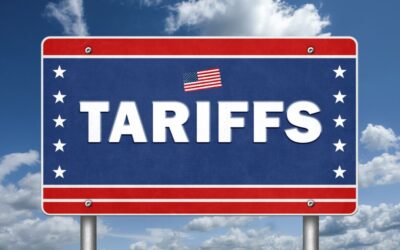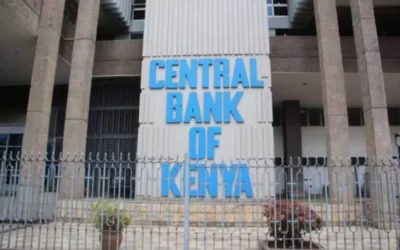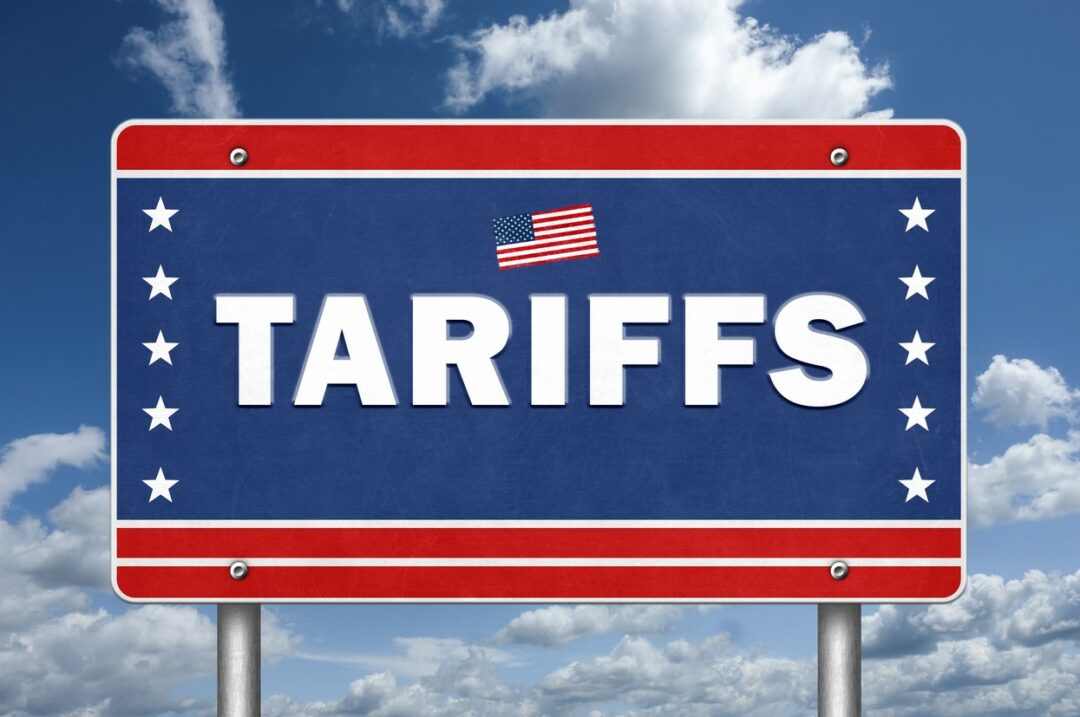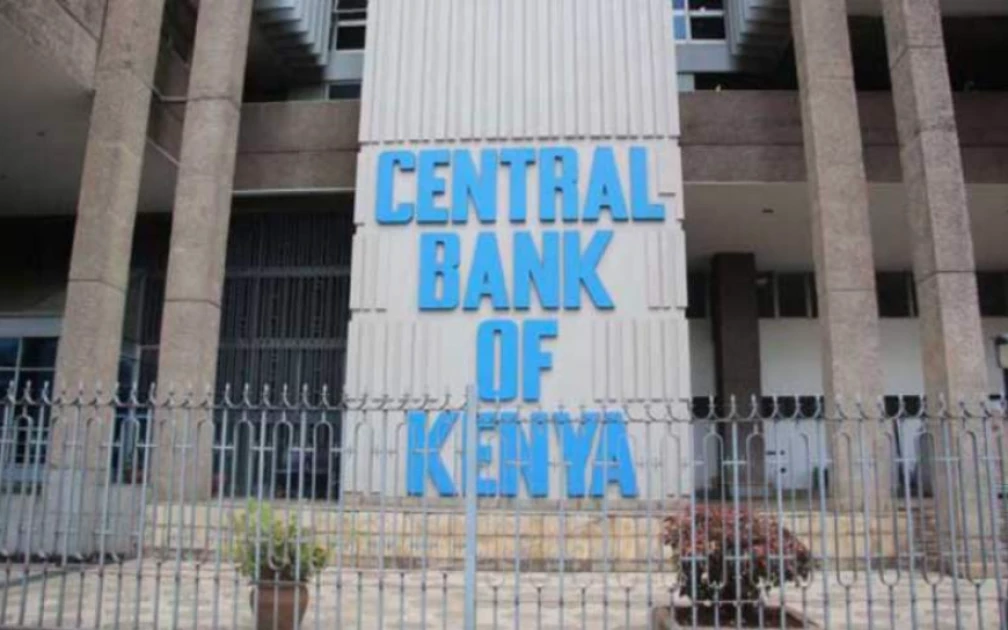Fuel prices set to drop in Kenya as of 15th December 2023
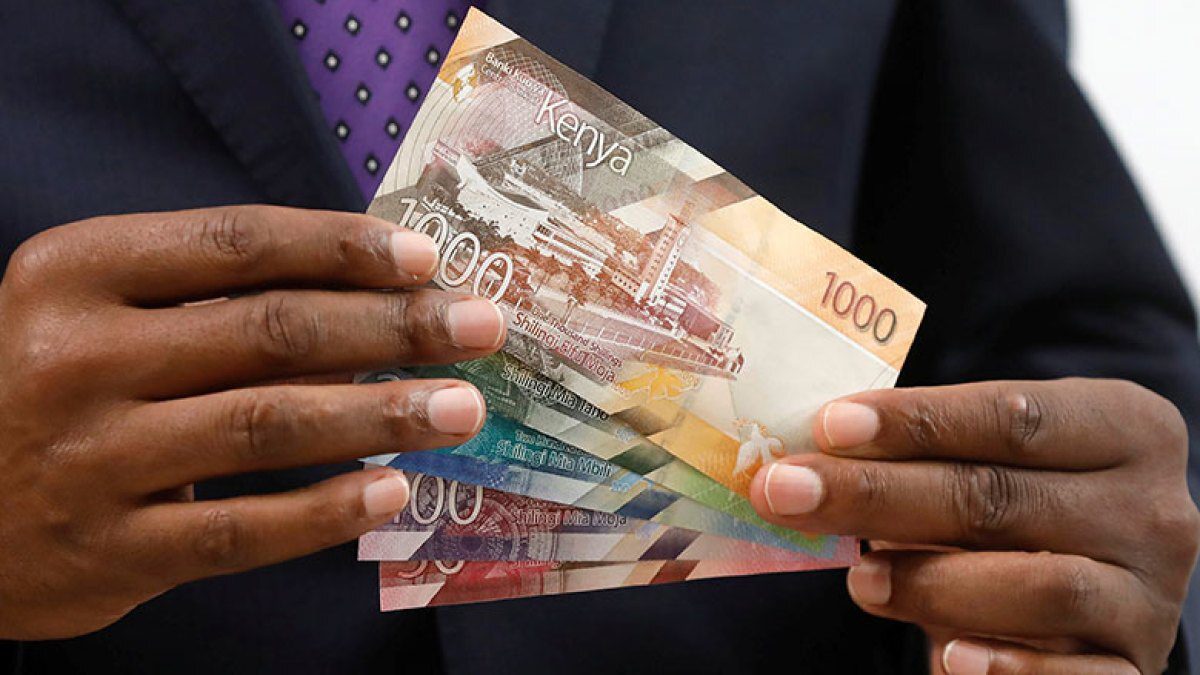
Amidst a backdrop of intricate market dynamics, fuel prices in Kenya are poised to witness a substantial retreat, marking the most significant decrease since October 2021. Commencing at the stroke of midnight on Thursday, consumers are set to experience a noteworthy relief, with prices plummeting by up to Ksh5 per litre. In the bustling urban expanse of Nairobi, the recalibration of costs will manifest as super petrol being retailed at Ksh212.36 ($1.39), down from Ksh217 ($1.42), while diesel will be available at Ksh201.47 ($1.31), witnessing a descent from Ksh203.47 ($1.33)
This marked reduction in pump prices echoes the global downturn in crude prices, ushering in a period of respite for Kenyan consumers. The imminent drop, extending until January 14 next year, replicates the scale of price adjustment last observed in October 2021. During that period, super petrol experienced a reduction from Ksh134.72 ($0.88) to Ksh129.72 ($0.85) per litre, while diesel descended from Ksh115.6 ($0.75) to Ksh110.6 ($0.72) per litre.
Notably, this reduction aligns with the ongoing dip in crude prices, offering a welcome reprieve for Kenyans and contributing to the containment of inflation, particularly as the nation approaches the festive season.
Daniel Kiptoo, the Director General of the Energy and Petroleum Regulatory Authority (Epra), announced on Thursday evening, “The maximum allowed petroleum pump price for super petrol, diesel and kerosene decreased by Ksh5 per litre, Ksh2 per litre and Ksh4.01 per litre respectively.” This adjustment is expected to influence the price of kerosene, predominantly utilized by low-income households for lighting and cooking, which is anticipated to drop to Ksh199.05 from Ksh203.06 per litre.
The reduction in fuel prices is attributed to the diminishing landed cost of refined fuel, coupled with ongoing state subsidies on pump prices. Super petrol’s landed cost experienced a significant decrease of 16.1 percent, amounting to $694.44 (Ksh109,388) from $827.75 (Ksh128,831) per cubic metre. Similarly, diesel witnessed a decline of 5.43 percent, settling at $826.01 (Ksh130,113) from $873.42 (Ksh135,939) based on the October and November exchange rates.
This downturn is anticipated to fortify government initiatives aimed at curbing inflation and alleviating financial strain on Kenyan citizens, particularly in the wake of heightened taxation. Despite a marginal increase in fuel and electricity prices, lower food prices contributed to a slight ease in inflation from 6.9 percent in October to 6.8 percent last month.
Given Kenya’s diesel-driven economy, the costs of energy and transport carry substantial weight in the inflationary metrics. As the prices of petroleum products decline, service providers in electricity and manufacturing sectors are expected to incorporate these changes, providing some relief to Kenyans during the festive season.
In a regional context, Kenya now boasts the second cheapest fuel in East Africa, with super petrol priced at $1.38 per litre and diesel at $1.31. Tanzania claims the title of the most economical fuel, with prices at $1.26 and $1.29 per litre for super petrol and diesel, respectively, following the latest review.
Despite a sustained upward trend in pump prices since October 2021, even with the application of a stabilisation kitty to cushion consumers, the global downward trajectory of crude prices appears poised to drive local pump prices below the Ksh200-a-litre mark in the early months of the upcoming year. The fall in Murban crude prices, the benchmark utilized by Epra for monthly pricing cycles, is attributed to diminished demand in the US and China, coupled with production cuts by the Organization of the Petroleum Exporting Countries.




